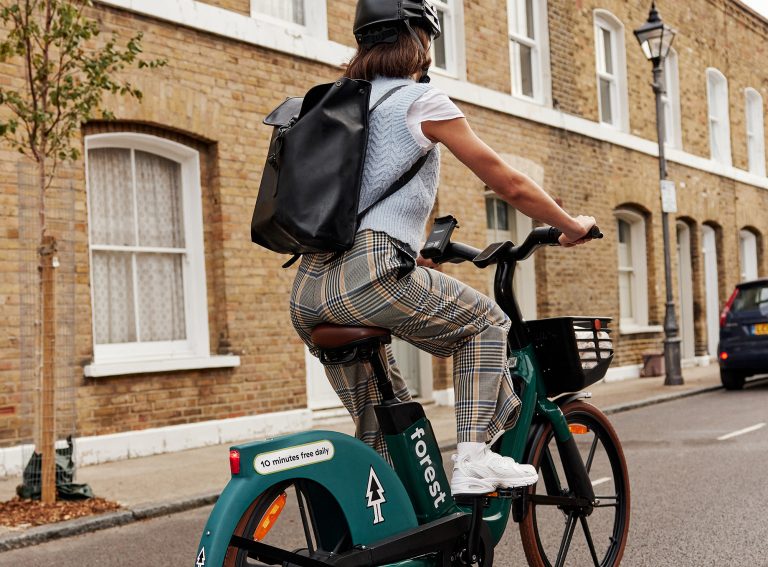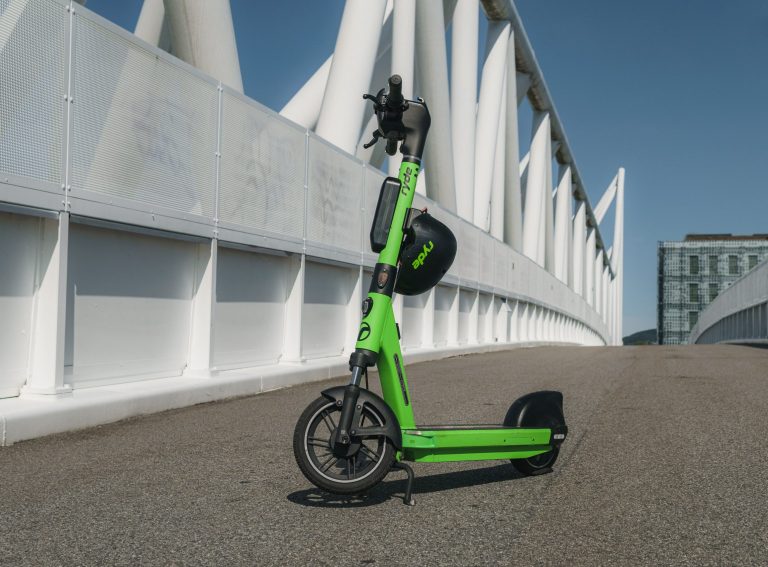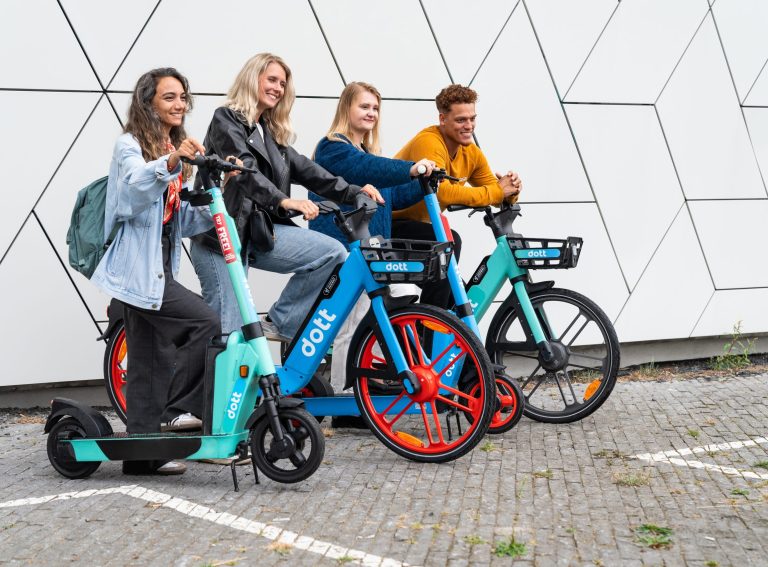Nearly 90% of micromobility investments are going to shared e-scooter firms in the core markets of Asia, Europe and North America, according to a study by global consulting firm McKinsey & Company.
Between 2018-19, shared e-scooter companies had a 39% share of the total micromobility investments but since the pandemic began, this share of investment has increased significantly and now stands at 89%.
Companies that focused on shared e-scooters attracted an investment of $5.2bn from 2018 through to 2022, followed by bicycles at $3bn and mopeds at $200m (both including electric offerings).
Dr. Benedikt Kloss, Associate Partner at McKinsey & Company and Member of the McKinsey Centre for Future Mobility, told Zag Daily why e-scooters are the most prevalent vehicle type.
“One reason is related to the business case and the cost of operations,” said Kloss. “The cost of a single e-scooter for an operator is much less than for a shared bike or car. It is much easier to build up a large e-scooter fleet in a short space of time because this requires less capital. The larger fleets then result in higher availability for customers which leads to increased usage, so there is a circularity effect.”
What is also attracting e-scooter investment is that the lifetime of these vehicles has increased, which means operators can make more money from the same e-scooter.
“Operators claimed lifetimes in the range of about three to four months on average when shared e-scooters first launched in 2018 whereas now it is more than a year,” said Kloss.
Breaking this investment down by region and vehicle type shows that shared e-scooters attracted 98% of total funding in North America and 86% in Europe from 2018-22. By contrast, in Asia, bicycles attracted the most investment – more than 80% of the total.
“More and more investments are going into Europe and this is also the case for e-scooters,” said Kloss. “For example, the German shared e-scooter market has had an annual growth rate of more than 70% in the last two years. The revenue by these companies has increased from 40 million euros to more than 100 million euros, while the number of shared e-scooter fleets has gone from 50,000 to more than 120,000 units.”
McKinsey & Company has also discovered a process of market consolidation for shared e-scooter companies since the pandemic.
There has been a shift from institutional investors, such as banks providing micromobility funding, to manufacturers and suppliers in the industry.
Between 2018-19 and 2020-22, OEMS and suppliers increased their share of investments from 3% to 10%.
The reason OEMs are acquiring other e-scooter firms is so they can gain a foothold in a new market or for economies of scale, allowing the company to increase the size of its fleet portfolio.
It is clear that the micromobility segment is evolving rapidly. Institutional investors still provide the most funding, but their share has decreased.




